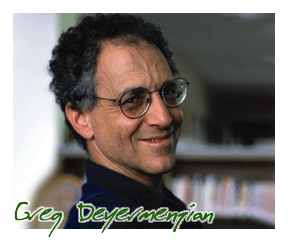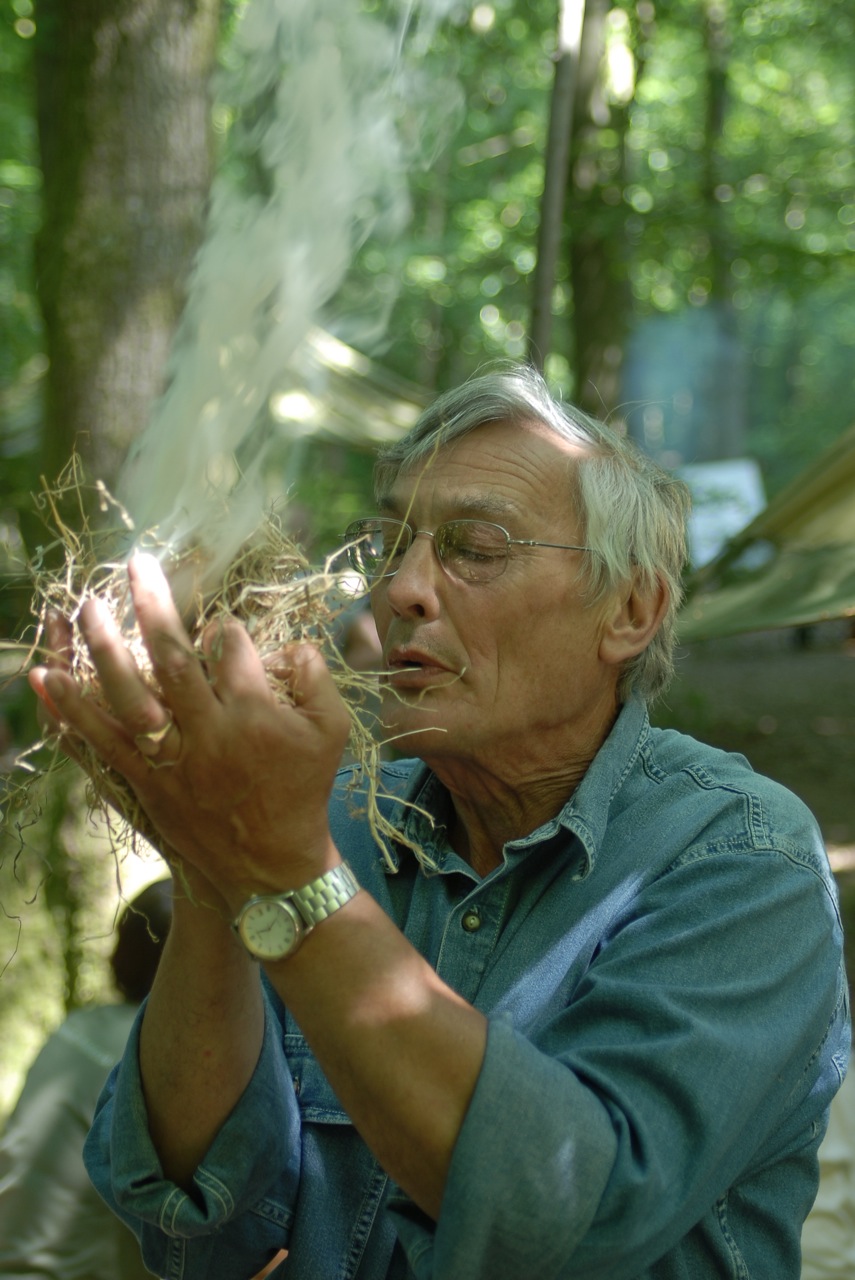It’s a sentiment which you can find in almost any newspaper
account of contemporary exploration. Occasionally it has even
emanated from the dais in the great dining hall of the
Waldorf-Astoria (where The Explorers Club has its Annual Dinner)
and the podium of the lecture hall at 46 East 70th Street (Explorers
Club headquarters), as well as in no less than a 2001 edition of
the Royal Geographical Society’s journal. And it usually goes
something like this: “Now that all the earth has been mapped and
explored, we are left with the final frontier, the last
unknown…”
Here the writer and/or speaker tends to fill in one of the
following: a) Antarctica, b) the ocean depths, c) outer space,
or d) the wonders of the laboratory.
Well, whether our hypothetical presenter goes with a, b, c,
or d, the statement is just not true. From afar, in the world of
remote sensing, geographic information systems, web sites,
reading rooms and easy chairs, one might well get the impression
that it is true. But push yourself along the eastern edge of the
Peruvian Andes, for instance, and gaze down the endless maze of
trackless vegetation-covered hills and mountains ringing the
Amazon basin: this is a world where not even hardy indigenes
know what lies a couple of ranges over. Or trek deeply into the
Canadian Arctic or Bornean outback and encounter, as one of our
own New England Chapter members has, a hitherto unknown and
uncharted canyon of truly enormous proportions. Or slog your way
deep into the uninhabited interior of Micronesia’s Pohnpei and
chance upon pottery fragments from who-knows-what culture. Go
out there and get sweaty, dirty, itchy, exhausted, blistered,
smelly, insect-bitten, sunburned, frostbitten, moldy,
fungus-ridden, hungry, homesick and dysenteric–sometimes even
heartbroken and beaten–and you will see things a bit
differently.
You’ll see that within the nearly inaccessible, the
difficult, the uncomfortable, the sometimes unfriendly,
unpretty, and mind-numbingly monotonous expanses of this
terrestrial sphere, there still remain unknown, little known,
undocumented, and unmapped treasures aplenty.
And I daresay that the only way a person can really know
about these treasures is just to go there, on the ground and in
the flesh…
Greg Deyermenjian is a native Bostonian and a Fellow of The Explorers Club. Greg is also Chairman of the club’s New England Chapter. Deemed The Explorers Club’s foremost authority on the archaeology and exploration of the high jungle areas of southeast Peru, Greg has written many articles and presented to audiences of The Explorers Club, The Institute of Andean Studies, the Massachusetts Institute of Technology, the American Rock Art Research Association, and other settings within the USA and Peru. He is also a Fellow of the Royal Geographical Society. When not in the mountains of Peru, Greg works as a psychologist for the Massachusetts Department of Mental Retardation.





Fortunately for the future of discovery, much of the past remains mismapped.
Many geological maps fall short of ground truth because ” sweaty, dirty, itchy, exhausted, blistered,smelly, insect-bitten, sunburned, frostbitten, moldy, fungus-ridden, hungry, homesick and dysenteric–sometimes even heartbroken and beaten” grad students and their mentors often succumb to the temptation to connct the dots before walking the ground between them.
the edge of a tetonic plate is a terrible thing to lose, but it has been known to happen.